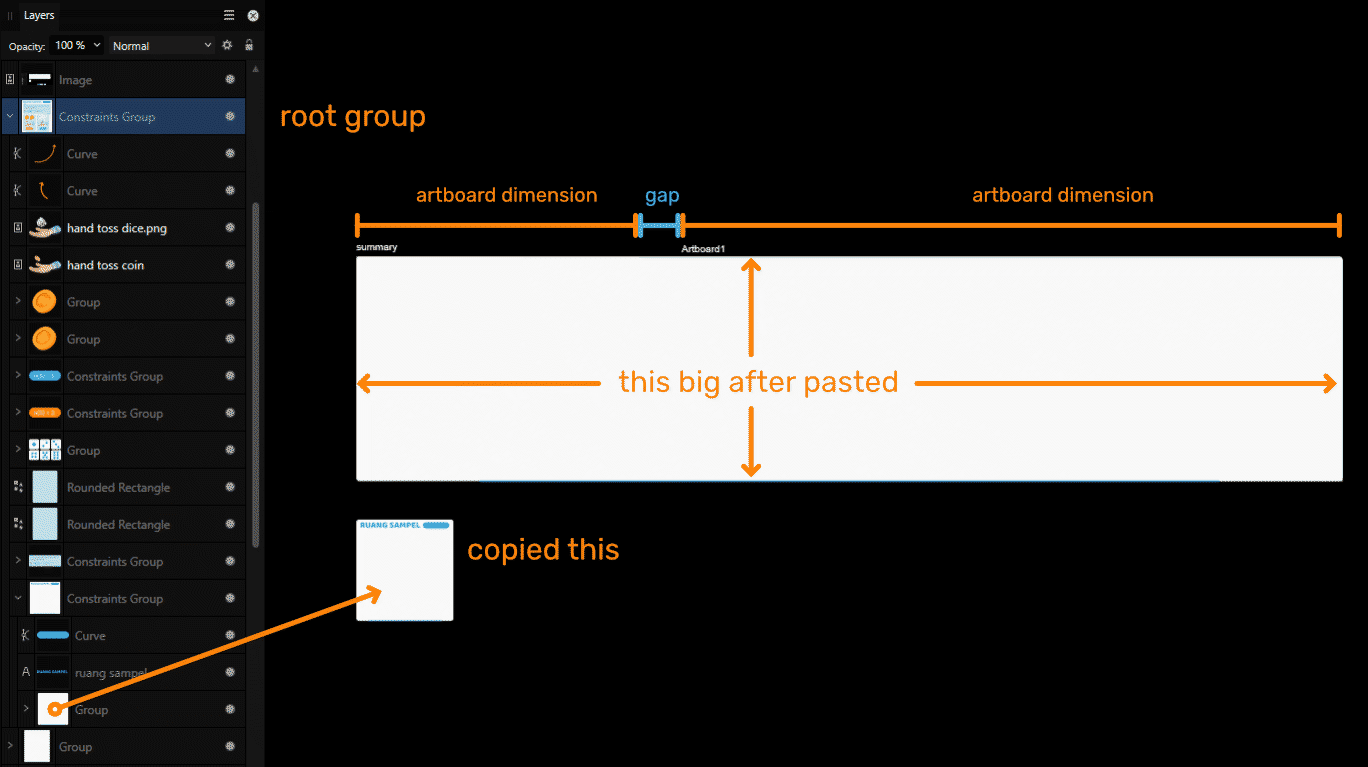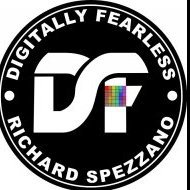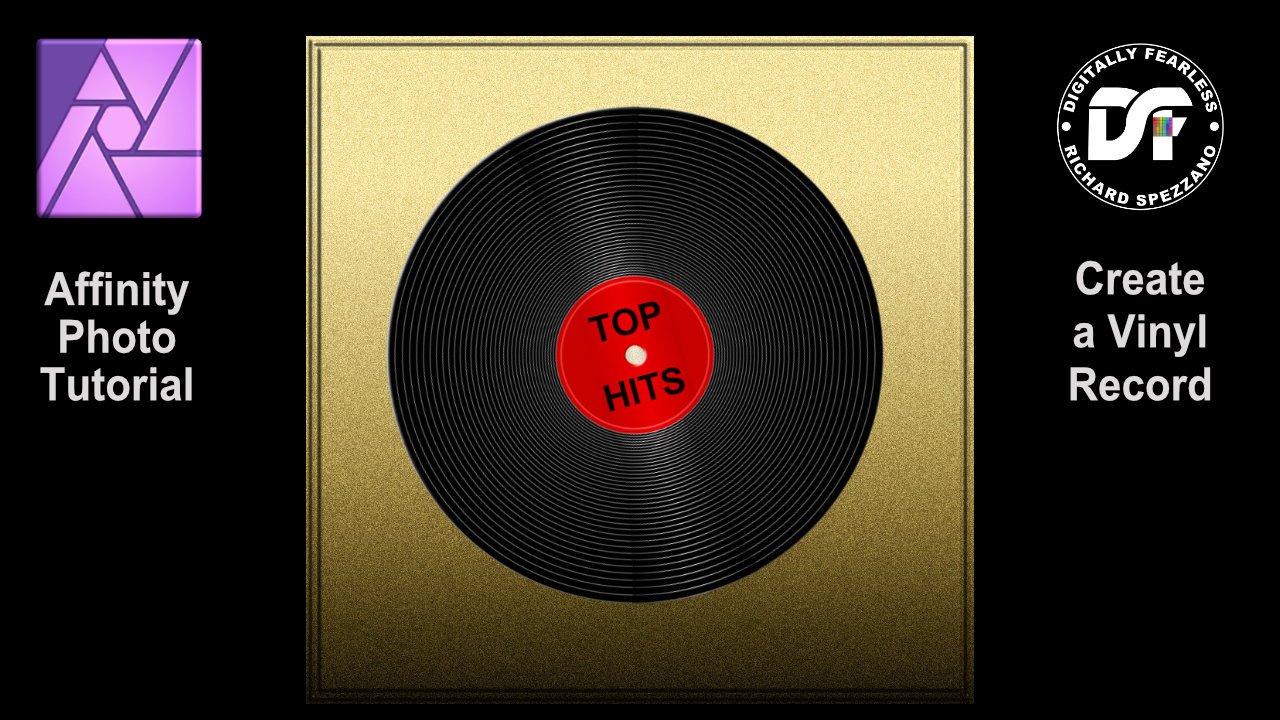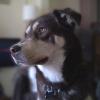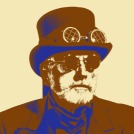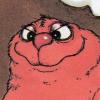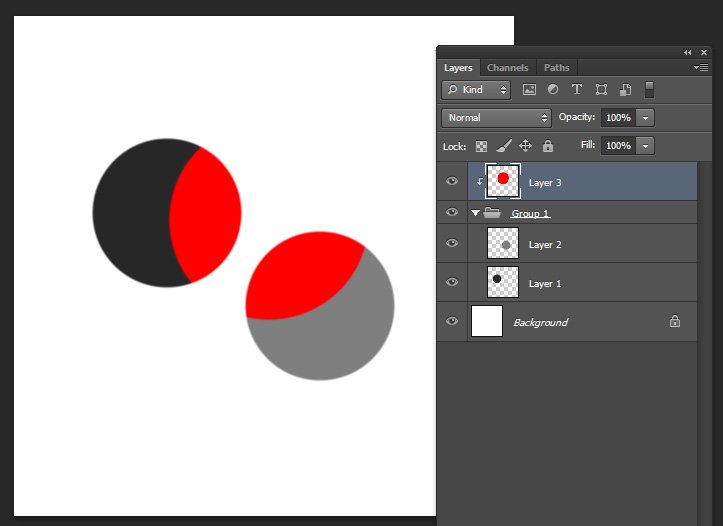Search the Community
Showing results for tags 'group'.
-
I have found a way to reproduce that a duplicated symbol becomes a group. This has been troubling me for quite some time, because occasional groups can ruin the efficiency of symbols, because you have to manually go back to make them into a symbol (not to mention any non-synced edits done to them). 2024-04-02 10-48-13.mp4 Steps to reproduce 1. Create a shape > turn it onto a symbol 2. Deactivate syncing in the symbol studio 3. Duplicate the symbol from step 1 4. Notice how the symbol becomes a group (with sync enabled this doesn't happen). This is Affinity Designer 2.4.1, Windows 10.0.19045.
-
When I float a group (with an image and description) in a text frame that is determined by a masterpage, duplicating the group changes the size of the group. This is in Publisher 2.2.1, Windows 10.0.19045. Video 2023-11-08 14-04-50.mp4 Steps to reproduce Create a masterpage with 2 text columns Apply the masterpage to a document page Fill the text frame with placeholder text Create an image frame and a text frame below, put content in both Group the image frame and text frame from step 4 Optionally apply text wrap to the group Float the group in the text (pinning) Duplicate the group (I used a hotkey for Duplicate in the video, copy paste doesn't create the bug) Notice how the bounding box of the group has changed Unpinned image changes size.afpub Also, the contents of the duplicated group are left inside the masterpage folder, which I am personally not happy with, because I always have to detach the masterpage before I can edit the copied group. Same applies to copy pasting, think it is similar to what I reported here:
- 5 replies
-
- group
- text pinning
-
(and 1 more)
Tagged with:
-
hi there, finally, with sweat and blood, i understand how the constraint group works, but i nothice 1 issue here, after i'm happy with my "CGroup" . i adjusted it and do stuff. and then i need just the background of this CGroup, so i went to layers panel, and i select the bg object, i copied, then pasted it . weird thing it didn't appear nearby, but after zoomed out a bit, the object become so big it covered the whole 2 artboard i made. thankyou
-
Changes in nesting groups between 1.10.6 and 2.X?
Intuos5 posted a topic in V2 Bugs found on Windows
There has been a change to grouping masterpage content in Publisher 2.X that wasn't there in 1.10.6. I didn't find anything in the release notes for 2.0 releases on the forum, so I am not sure this change and behaviour is intentional. Anyways, in 2.2.0, I cannot use the group command to group a masterpage layer with another object. I also cannot drag a masterpage layer in an existing group. I can however use hotkeys and move a masterpage layer inside an existing group. This is 2.2.0: 2023-09-26 19-30-44.mp4 This is 1.10.6: I can group a masterpage layer with other objects, I cannot drag a masterpage layer inside an existing group, but I can use hotkeys to move a masterpage layer inside an existing group. 2023-09-26 19-33-49.mp4 Steps to reproduce 1. Create a new document 2. Create a masterpage with some objects 3. Create another page, master or document page (doesn't matter which) 4. Apply the masterpage to the new page from step 3. 5. Create a new object on the page from step 4. 6. Select the masterpage layer and the new object(s) and create a group (with Ctrl + G) * Notice how the masterpage layer remains ungrouped 7. Try to drag and drop the masterpage layer inside the group * Notice that this is not possible 8. Move the masterpage layer to the top of the document and use Layer > Arrange > Move inside * Notice how the masterpage layer is now inside the group - Compare these steps with 1.10.6 and notice how 1.10.6 allows you to select objects on the page and the masterpage layer and group them with Ctrl+G (step 6.), which 2.2.0 does not. This is on Windows 10.0.19045. Expectation My expectation is that I should be able to organise masterpage content in a left page group and right page group. That way, I can easily detach a master and delete the invisible page items (to prevent the shenanigans from topic below) In case I apply a masterpage to another masterpage, I should be able to nest it inside a group — or Affinity should automatically group masterpage content for facing spreads on a left and right page basis. For the latter case, that would be a new feature and I wouldn't need to be able to group masterpages myself.- 5 replies
-
- affinity publisher
- affinity publisher 2
-
(and 3 more)
Tagged with:
-
I'm working with an iPad Air and Affinity Designer 2, version 2.1.1 and for the longest time I thought that switching off scale with object for the stroke width doesn't work, it did not matter, whether it was toggled on or off, the stroke width would always scale with the object. Now I've experimented a bit and I found that the stroke width always scales for groups, or when you make sure that the object keeps its aspect ratio, either by putting down one finger when resizing by pulling it bigger, or by linking width and height in the transform panel. So, that kind of makes some sense, I guess, because when you lock down the aspect ratio, that then applies to the stroke width as well. In theory it makes sense. But in practice I do work with groups a lot (who doesn't), I do want to keep the aspect ratio when resizing, but sometimes, or, in my case, rather often, I need the stroke width to remain the same throughout resizing. So far, I've been painstakingly going over the lines of the group to manually go back to the original stroke width. Which is not fun and not efficient at all. Is there a work-around? A way to keep the stroke width the same, even for groups? I mean, I can select all objects of the group and then resize by dragging it bigger or smaller without locking in the aspect ratio. That certainly works in some cases, but in others I will need to protect the aspect ratio as well. Any ideas?
-
Selecting all unfilled/unstroked objects and deleting them is a common and useful command to clean up files. Sometimes our own, but often those supplied by third parties. However, with this issue, trying to do that will lead to have all your layers deleted, even layers containing objects. Steps to reproduce: Create a new document Draw a few coloured objects, place some in one or more layers Draw an object with cleared fill and stroke Select the unfilled object and use the command Select Same > Fill Colour Notice that all layers and groups in the document will also be select Press Delete, the unfilled object will be deleted, along with all layers and all objects within I've attached a video with a visual guide for this bug. Stroked bug variant: Follow steps 1. to 3. from the list above again Select the unstroked object, but this time use the command Select Same > Stroke Colour Follow the steps 5. and 6. from the list above No video for this variant as it's exactly the same as above, just a different command. There are no workarounds for this bug to the best of my knowledge. Thanks! Gravação 2023-07-13 115028.mp4
- 9 replies
-
- select same
- fill colour
- (and 8 more)
-
I can't consistently create masked groups in Version 2 Photo. I used it a lot in V1 but something in V2 is different. Here's how I know how to do it. I add an HSL adjustment layer to the top of the layer stack I pick a garish color and increase saturation to 100 On the HSL I do a Cmd G to create a group I select the group layer and click on the Mask icon With the mask layer selected I invert the mask using Cmd I The HSL adjustment is concealed I select the Brush tool and Paint with White My HSL adjustment is revealed where I've painted I hide the HSL adjustment using the See/ Hide button on the right I add whatever adjustment and or filter layers on top of the HSL layer I get the expected results In version 2, when I invert the mask I get a transparent mask rather than an inverted paintable mask. Sometimes if I screw around with the nesting positions It suddenly does what I want, but by then I have no idea of what I've done to make it so. Can someone please explain what is different and how to achieve this in V2? Thanks in advance
-
Layer symbols are not displayed correctly, if you hover over the symbol icon (the crossed dot), Designer displays a pop-up that reads: "layer", whereas the layer is in fact a symbol. Also, the name of the symbol in the symbol studio and layers studio still reads "layer", instead of "symbol" as symbols would. Also note that if I delete all the layers, the symbol in the symbol studio will read group, as opposed to "symbol". See video, should be self-explanatory. 2023-01-12 13-01-13.mp4
-
I ran into an issue where, if you duplicate symbols after applying an effect from another layer/ symbol/ group, the symbol is no longer duplicated as a symbol. Instead, it becomes a group. The bug is displayed towards the end, in the screencast, I also show that this wouldn't happen otherwise and that it is caused by the layer effect, not by the disabled symbol syncing. The bug part starts at 1:10. 2023-01-12 12-55-34.mp4 Steps to reproduce 1. Create a symbol 2. Duplicate the symbol 3. Disable syncing symbols 4. Add an effect to either a copy of the symbol or to an altogether different object 5. Drag the effect from to another copy of the symbol 6. Duplicate the symbol (from step 5) in the layers panel 7. Notice how the copy of the symbol becomes a group Also note that at 1:10 in the video, you'll see me dragging an effect of the symbol to the other symbol. Designer for some reason sometimes won't accept this. That's another bug, which since the two are related, I also report it in the same bug report. Workflow in which this occurs I have outlines applied to my symbols and to align them over other objects, I sometimes turn off the effect. It is then easier to re-enable the effect by dragging it from another symbol. I also tend to copy symbols if they are rotated, so I can preserve their rotation.
-
Hello there, I'm hoping to perform a series of actions on multiple elements within a layer/group. I can do that now, but only after repeatedly getting inside then (involuntarily) outside then inside a layer/group. Is it possible to limit all actions within a layer/group until I explicitly exit with a command? (For example, in Illustrator, one must double-click an empty area to exit editing a group.) Thanks
-
A group has a mask is exported as the original size even if I select "Selection Only." (Exporting with the Export command.) A clipping mask instead of a layer mask or exporting from Export Persona works though... masked-group-export-bug.afdesign
-
I frequently need to lo load quite complex PDFs, containing multiple nested groups, and edit them in Photo. These are BIG PDFs with thousands, maybe tens of thousands of items, but the problem is not to do with size, I can replicate on small PDFs. None of the items is labelled and they are generated automatically so different parts of an image that are all visually adjacent may be in very different groups within the PDF. I can do almost anything I need, but the process is extremely tedious because of a selection problem I can't seem to get round. If I select an item in the loaded PDF, most times it takes me to a Level 1 Group in the Layers Panel, but not the item. If I then open the group in the Layers Panel, select a random item in the group and then try again, it will take me to a Level 2 group in the Panel. Repeating this process multiple times I eventually get to the item I am trying to select. Clearly Affinity knows where the item is, because it always takes me to the right next level group in the Layers Panel, but it doesn't open the group and it doesn't go any further until I open the group manually choose a random item within the group and then click again on the image. So my experience is that to get to an item in say a Level 4 group takes a minimum of 16 clicks, normally more like 20-25. Now I'm sure I'm missing something, but I can't find anything that addresses this issue anywhere. Find in Layers Panel <Ctrl K> is no different. Solutions, good ideas would be much appreciated. I had about 20 items to select and adjust this morning. It should have taken me much less than a minute, not the 15 minutes it actually took me. Platform is Windows 10. I have also tried in Designer - it is no different. I have used Affinity since it first came out, so I am not a novice, but this one has me beat. Martin
-
I have a label of text, graphics and a photo composed in Publisher. I can group them all and I want to proportionally reduce the dimensions of the group to fit a smaller container. When I reduce the dimensions by moving the corner marker, the graphics and the photo get smaller, but the text does not. Any suggestions? TIA.
-
Sometimes it's useful to be able to apply a certain change to or involving a number of layers that for visual layering reasons one doesn't want to put in the same group (to tie this in with an earlier suggestion of mine, this can be important for snapping); symbols could theoretically do a lot of this, but they're kind of messy and inelegant to work with, especially for certain applications. What I am suggesting is to add another tab similar to the one used for layers, symbols, etc., this one being a list of special "groups" that unlike normal groups do not act as a layer (/influence the layering order) or appear as such in the layers menu. When one clicks on such a grouping's symbol in the tab, it is selected and the tab shows options for "add layer to group from layers menu" and "remove layer from group" (instead of its default option to create a new example of whatever these non-standard groups would be called, or the option when layers have been selected otherwise to create a group from said layers), and while this grouping is selected in this way, while one cannot reorganize any of the shapes involved layer-wise, it limits the context for most operations to just the layers grouped in this way, allowing for easier synchronization of certain effects.
-
I’ve encountered this multiple times when trying to group objects inside an art board. The only way I’ve been able to solve this is by moving them outside the art board before grouping. What’s going on?? iPad Pro 3rd gen 11in FullSizeRender.mov
-
I'm fairly new to the forums here, and I wasn't sure how to move a post to the bug topics. But this was discussed. I was wondering if there was a way to disable having a layer be brought to the top of the layer stack after using the tool add, subtract, intersect and xor in affinity designer? For more specifics, if its not in a Art-board, and in it's own group. It works fine when it's on an art-board But when it's off to the side in it's own group, it leaves and goes out of the group when using the tools. Thomaso " if all items of the group get merged, the resulting layer is moved upwards on top, while an empty "(Group)" layer remains at their initial position." Are you using the latest release version? Yes Can you reproduce it? Yes Does it happen for a new document? If not do you have a document you can share that shows the problem? Yes If you cannot provide a sample document then please give an accurate description of the problem for example it should include most of the following: What is your operating system and version (Windows 10, OSX Mojave, iOS 12 etc)? macOS Big Sur v11.3 What happened for you (and what you expected to happen) For the merged layer not to go to the top. And for the empty group layer to be automatically removed. Provide a recipe for creating the problem (step-by-step what you did) New File, Expanded Art-board using tools, made 3 circles on the artboard, copied the 3 circles and made 6 circles outside of artboard, brought layers below the artboard group, grouped 3 circles, ADD tool the 3 grouped circles and layers were brought to the top leaving an empty group folder. ADD tool the 3 circles not in group and it was also brought to the top. Screenshots (very handy) or a screen capture/video. Video provided Any unusual hardware (like tablets or external monitors or drives that may affect things) or relevant other applications like font managers or display managers. XP-PEN Artist 22 monitor tablet Did this same thing used to work and if so have you changed anything recently? (software or hardware) I probably didn't noticed until it started becoming tedious Screen Recording 2021-06-17 at 2.51.11 PM.mov DisableLayerStack.afdesign
-
Passthrough Vs Normal. This tutorial shows the difference between passthrough and normal in grouped layers. This is an Affinity Photo beginners tutorial and number 22 of my Digitally Fearless Power tools of Affinity Photo playlist. This is an Affinity Photo beginners tutorial and number 22 of my Digitally Fearless Power tools of Affinity Photo playlist. https://youtu.be/gRZ1vFhwdss
-
- passthrough
- group
-
(and 6 more)
Tagged with:
-
Power Tools part 17: Isolate a Layer If you ever wanted to work on a partially hidden layer, then this tutorial is for you. Isolate Layers a Digitally Fearless Affinity Photo Beginner Tutorial Part 17 Powerful Tools https://youtu.be/gTY7mkqQHzo
-
- isolate layers
- tips
-
(and 3 more)
Tagged with:
-
I have a weird bug in the latest version of Designer. In the attached file, when I group the two objects (circle and text box), the text scales up a little bit. 247 365.afdesign
-
Grouping items where a contour has been applied breaks when dragging the group....... Create artistic text. Duplicate. Contour top item to be smaller. Add stroke to top item Group. If one then selects the two items within the group and drags, they move correctly [lower part of image]. If one selects the group as a whole, [upper part of image] and drags, the drawing parts move differently, as if the scaling of the contour is affecting the movement? Windows 10 Ryzen5/Radeon Designer 1.9 regards Gareth
- 2 replies
-
- windows 10
- contour tool
-
(and 2 more)
Tagged with:
-
I have experienced in both Designer and Publisher 1.9 that grouping objects sometimes changes the font size of the text. It does seem It does not seem to connected to the font, but maybe rather to some changes I have done to the font (scaling, size, color etc). I do not remember all the changes but here is a look at what happens. The left is ungrouped objects. The right is objects grouped - that is the only difference between the two sides.
- 11 replies
-
- affinity publisher
- group
-
(and 4 more)
Tagged with:
-
Hey there! So as far as I can tell this still isn't possible in Affinity Photo. I want to be able to clip a layer to a group. See attached image. Has this been added and I just missed it? Basically every psd I've made uses this feature, so as well as not being able to import my psds because of this, I can't really use affinity photo since this technique is a huge part of my workflow. Any word on the possibility of adding this? Would love to make the switch from photoshop! Thanks for listening! - Neil


